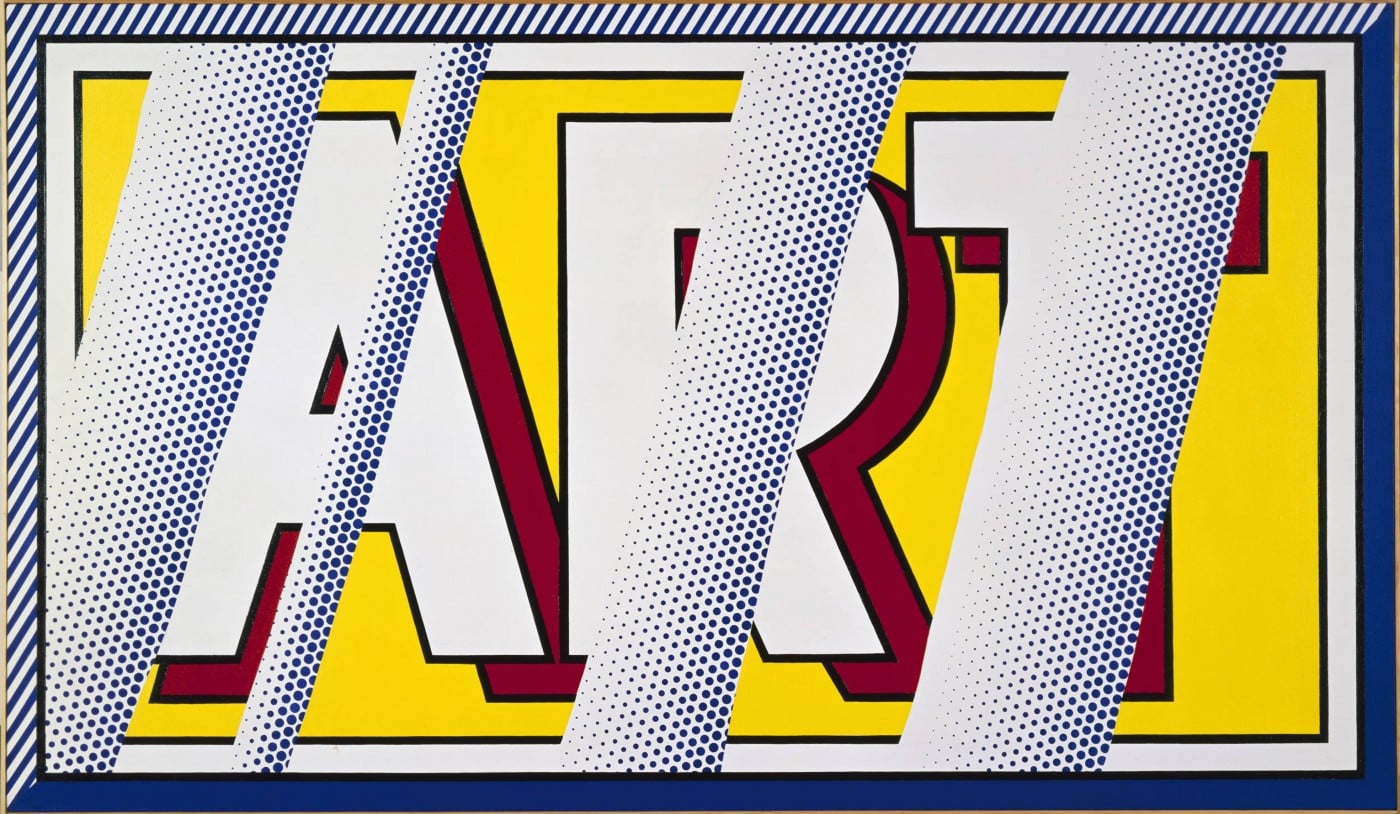
In a rare opportunity for the North West, Tate Liverpool explores over 20 pieces from Roy Lichtenstein (1923-1997), highlighting his reaction to American abstract expressionist style painting in the 1950s, leading to the explosion of the pop art movement of the early 1960s. Lichtenstein is widely known for his works based on cartoons, comic strips, commercial advertising and adaptations of works by other artists. Through this, he also found success within his admiration of things with a cliché quality, such as landscapes and sunrises, and took these to the extreme in both strategy and scale. The exhibition highlights Lichtenstein’s approach to cliché-rich themes, and how his knack for the mimicking of a commercially-led style remained recognisable as he moved away from the cartoons and comic strips he is widely known for.
Through representing the world through an engagement with mass culture, Lichtenstein’s adaption of the Ben-day dot within his painting technique combined abstraction with a depiction of real life in a way which came to define him as an artist. In relation to his creative identity, the opportunity to explore Lichtenstein’s social role as an artist is apparent across the spaces, as well as considering what it means to create imagery in a post-industrial world.
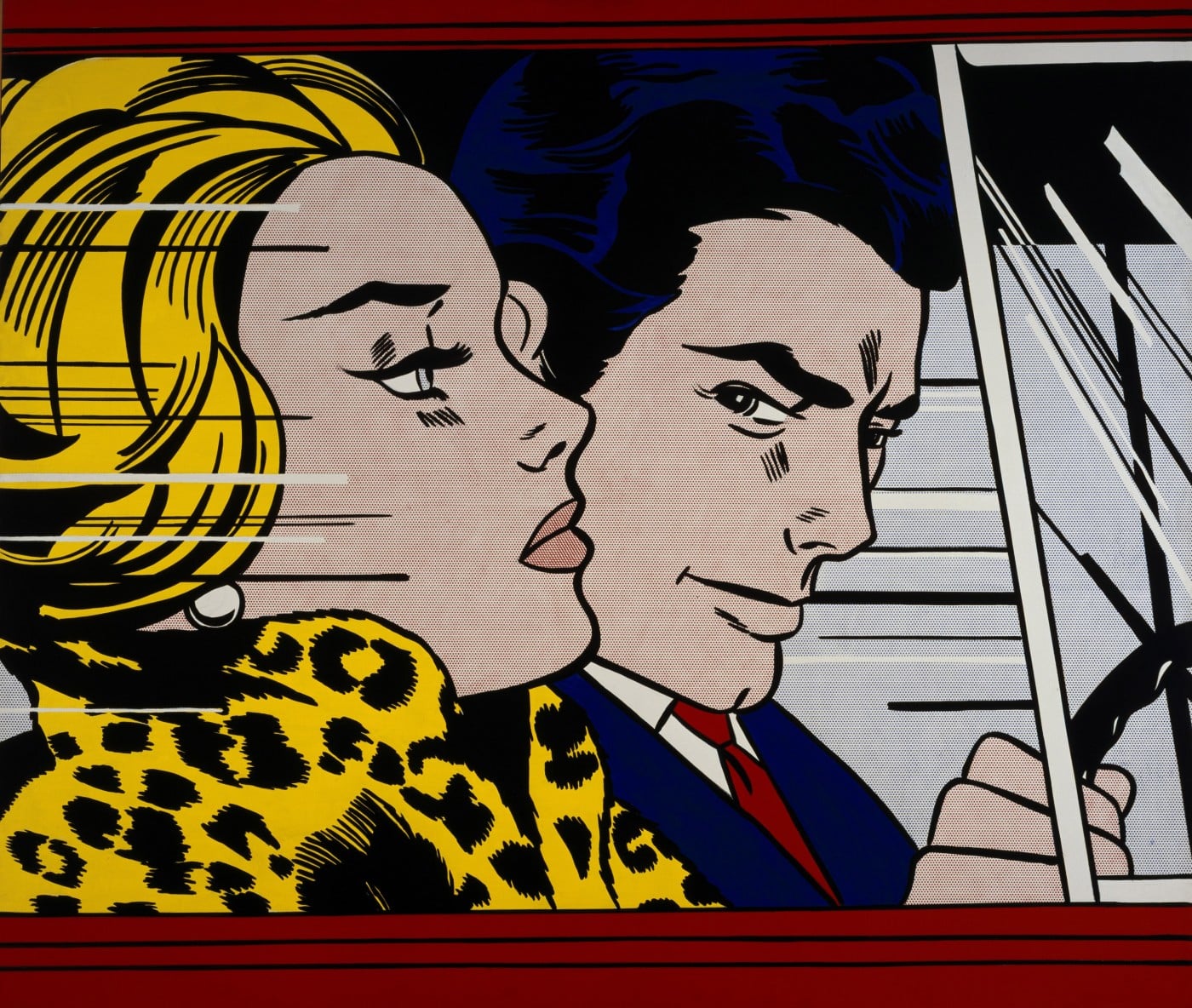
While it does feel that there is little wavering from the brightly coloured, pop painting, winning formula across the plethora of Lichtenstein’s works, the exhibition works hard to note variation. On entrance to the space, the viewer is greeted by In the Car (1963), as a loud and familiar welcome, setting the tone for the experience in its entirety. The viewer is lead from an exploration of techniques and processes such as the Ben-day dot and lithograph, to how Lichtenstein practiced screenprinting using enamel, stainless steel and paper, seen through pieces such as Water Lily Pond with Reflections (1992) and Modern Art II (1996). Such pieces which depict influences from cubism and geometric abstraction, in ways similar to the work of Picasso and Mondrian, allow for an interesting interpretation on Lichtenstein’s influences outside of comic books and cartoons. While best known for his painting, Lichtenstein also worked in a variety of media including print, ceramics, metalwork and sculpture, which are displayed across the spaces, where lesser-recognisable pieces are found in amongst more famous and regularly noted pieces, which will feel familiar to many. The exhibition projects a journey from advertising imagery, to emotionally charged romance and war comics, to Lichtenstein’s use of synthetic materials including glossy, mirrored surfaces and his only piece of film work which is effectively shown across three screens, highlighting an alternate angle to Lichtenstein’s work which may be new to some viewers.
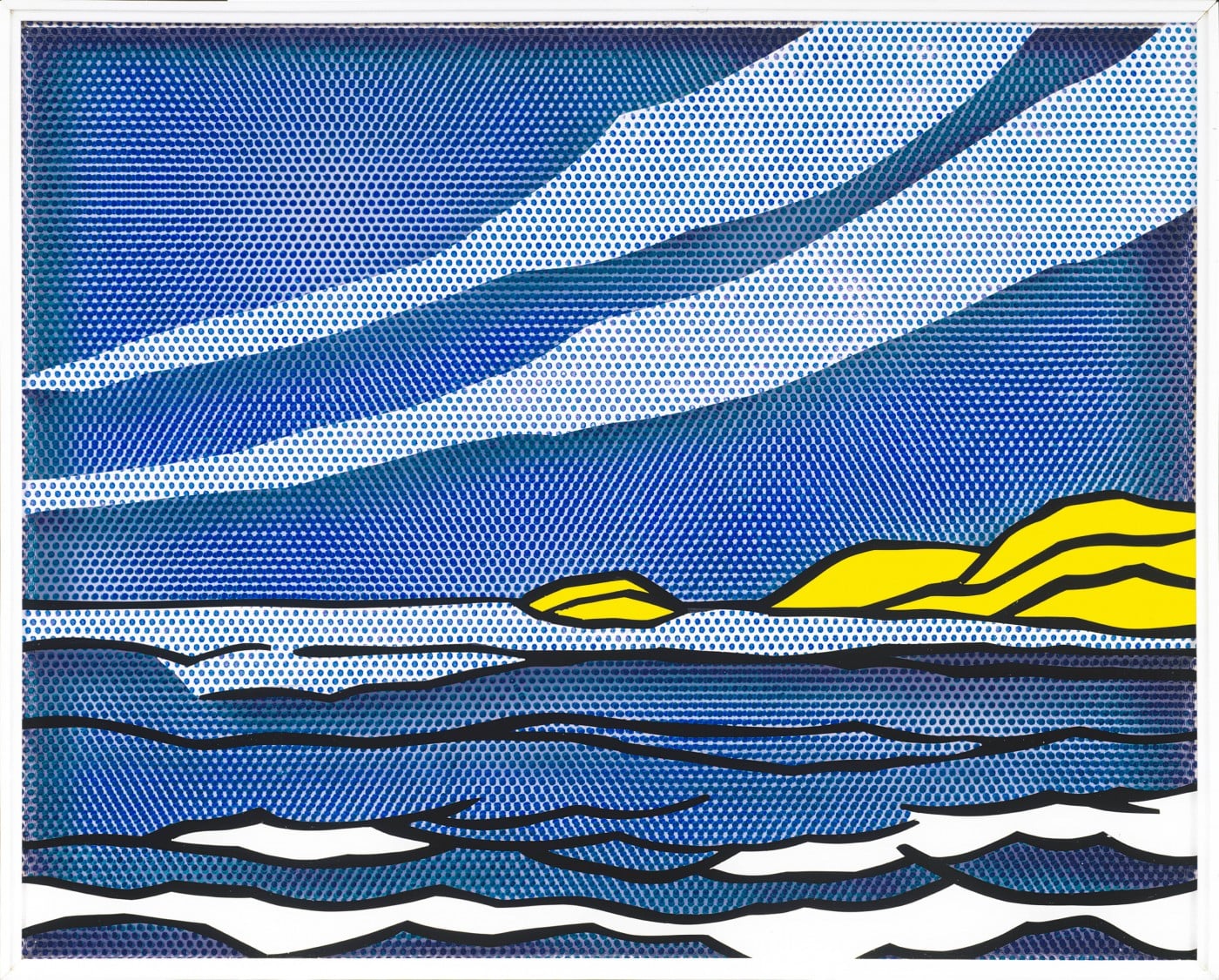
The guide through Lichtenstein’s aim to achieve physical depictions of time, motion and feeling, through marks which in his own words ‘have no basis in reality’ is obvious, and this is echoed where humorous inclinations work to express noise and a sense of narrative. Lichtenstein spoke of the intention for his work to be seen as fakes, and the exhibition points to his interest in reproduction. With this, coming into such close contact with Lichtenstein’s work serves to highlight how the pieces do not actually physically reproduce well, realised through the ways his work has been commercially consumed. Seeing prints, photos and representations of Lichtenstein’s work over a lifetime ensures that the sense of individuality, delicacy and wonderment is hugely apparent when experiencing contact with the works in real life.
This opportunity to appreciate the scale, detail and variety within Lichtenstein’s creations presents the chance to see somewhat overly-produced commercial images, for the works of art they really are.
The exhibition runs until 17th of June 2018 at Tate Liverpool.


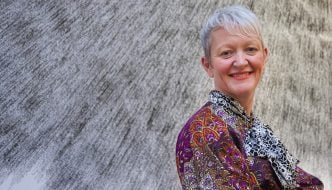
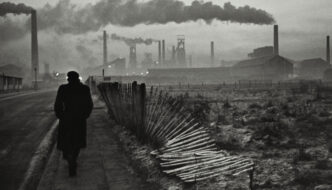
Comments